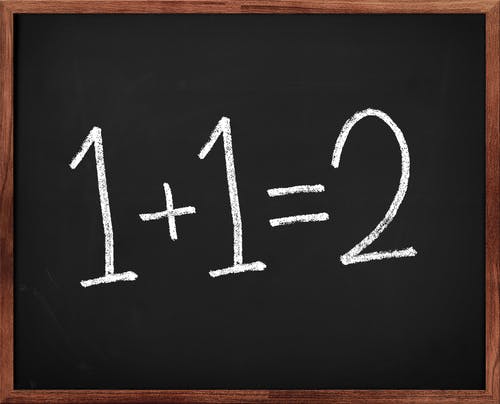Consumers have less and less time, so it only makes sense that you offer them easy decisions. Bundling your products could save them time and make you money.
Examples of bundling are almost everywhere – chances are you’ve seen it in your local supermarkets, cafes, or restaurants. Many retailers have adopted the product bundling technique in order to increase sales. Bundling is usually done by putting two complementary products together as one package or providing consumers a significant discount to a complementary product when another particular product is purchased.
So, should you bundle your product offerings? Yes, but only if you do it correctly. The benefits that product bundling could give you are:
Increase volume and profitability
It’s obvious that product bundling will increase the volume of sales that you make. Instead of buying one particular product, bundling will encourage consumers to buy more at a fraction of the total cost. By increasing the volume of products, you could make extra sales and increase the potential for growth of your business. For those businesses whose sales are on the slide, bundling could slow down the sales slide.
There is also no cost associated with building a bundle. Think of bundling this way: it’s a way of increasing the perceived value of a product without customising or re-inventing the product itself. So there is no extra production cost with building a bundle.
Increase exposure
Bundling will help expose your customers to products that they didn’t previously buy from you. For example, when you bundle a coffee and a muffin, customers who usually buy coffee from you now might choose to also get a muffin. This method is especially good when introducing a new product or increasing exposure to less popular products. Effectively bundling a popular product with a less popular product will result in increased consumption and trial of the less popular product. Who knows? Some customers might like it. They probably just never had the chance to try it.
Increase perceived value for customers
We all love to get more things for the price of one. We’ve all been tempted by the product bundle signs around us. But why? It’s because those bundles present more value to us than purchasing each product individually. The best examples of effective bundling are Australian telephone companies. Telstra and Optus usually bundle their home phone, internet, and mobile phone services as one package to give their customers a lower price than purchasing each service individually.
However, bundling your products also comes with a big warning sign. While it might seem like a great option, ineffective bundling could be damaging for your business. Bundling your popular product with a less popular product or new product could impact negatively on the popular product and your overall sales. The damage that it can do to your business can be huge; you can end up damaging two products at once – and your brand. Before you decide to bundle your product offering, you should:
Know your product
It may seem strange that I am telling you (possibly as the creator of the product) to know your product. But you really need to know your product cover to cover to identify what other complementary products to bundle with your main product offering.
Know your customer
Knowing your customers is not only knowing who buys your product, but also why they buy your products, what do they use your products for, when they buy them, where they buy them, and sometimes for whom they buy your products. By knowing this you will be able to decide what other products to bundle to present more value for the customers.

